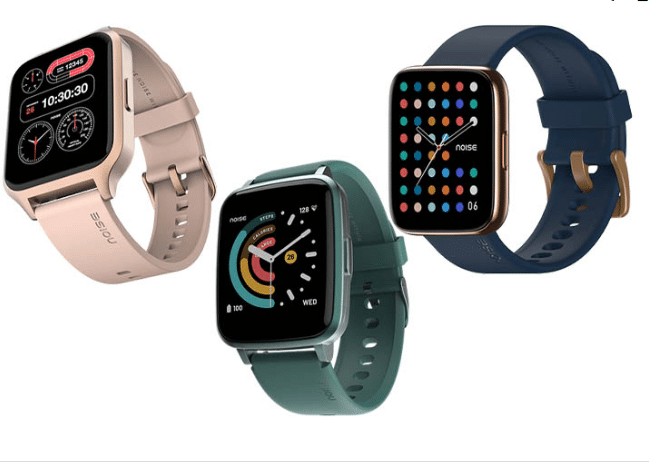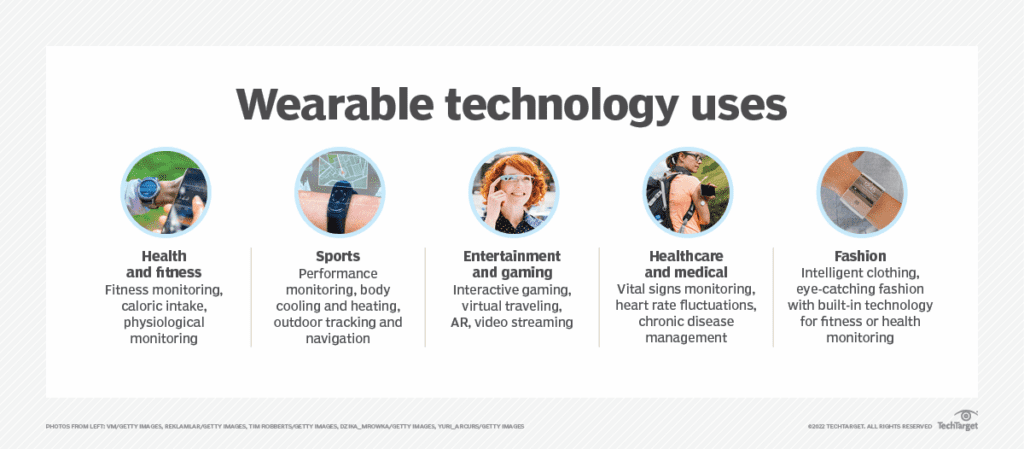- The wearables market is dominated by Made-in-India products while international brands like OnePlus, Xiaomi, Realme Oppo, and Apple are still trying to compete.
- India is estimated to account for roughly 26%, of the total 504.1 million pieces of wearables predicted to be supplied worldwide this year.
- Last year, India had shipped around 100 million units of wearables – behind China and North America – making up for nearly a fifth of the 492-million-unit global shipments.
- From the advent of smartwatches to smart rings, the wearables market has been constantly evolving with innovation and advanced technology.
India is slowly turning out to be one of the world’s biggest markets for wearable devices. From sports bands, smart watches, earbuds, and most recently smart rings, the country is acing in every electronics segment, second only to the United States. India’s wearables market is expected to prop up the global demand for smartwatches and hearables towards the end of this year, at a time when North America and China are showing signs of saturation amid macroeconomic headwinds.

A report published by Counterpoint Research in May said that “The Indian wearables market registered a growth of 121 percent YoY in the first quarter of 2023. This was largely fuelled by low-cost wearables from the likes of Fire-Boltt, Noise and boAt.” The publishing house agreed with IDC India’s assessment and suggested that our country would account for 27 percent of the total units of wearables supplied globally.
Also Read: Made On YouTube: New AI Tools And Features For YouTube Creators
Both research firms agreed that the increase was spurred on by the number of smartphone users who also owned a smartwatch, compared to other regions of the world. IDC said that India had already surpassed the United States and China in terms of market size and will continue to grow further. Counterpoint said that for every smartphone sold in India, there was also a smartwatch sold.
What Are Wearables?
Wearable technology is any kind of electronic device designed to be worn on the user’s body. Such devices can take many different forms, including jewellery, accessories, medical devices, or embedded in clothing. The term wearable computing implies processing or communications capabilities. Modern wearable technology falls under a broad spectrum of products, including smartwatches, fitness trackers such as the Fitbit Charge, VR headsets, smart jewelry, web-enabled glasses, and Bluetooth headsets.

Predominantly, wearable technology functions by incorporating microprocessors, batteries, and internet connectivity so the collected data can be synced with electronics like mobile devices or laptops. Wearables are embedded with built-in sensors that keep track of bodily movements, physical activities, and vitals, provide biometric identification, or assist with location tracking, such as activity trackers or smartwatches. A common factor among these technology wearables is the fact they all monitor data in real-time.
Opinions That Matter
In fact, Canalys in a mid-2023 survey said, “The excelling performance of the Indian market, growing 122 percent year-on-year, offset the 14 percent annual decline across the globe.”
Cynthia Chen, Research Manager at Canalys, further added that “India’s wearable band market is booming, having exceptional triple-digit growth in Q1 2023. Local vendors such as Fire Boltt, Noise, and boAt are propelling the market forward with value-for-money focused strategies, capturing rising demand for basic watches.”
Jitesh Ubrani, research manager for IDC Mobility and Consumer Device Trackers says, “India has already surpassed the United States and China in terms of market size and will remain the largest market going forward thanks to the breadth of low-cost yet feature-rich devices from local vendors.“

“The first half of 2023 saw hundreds of smartwatch model launches with premium finishing, sporty appearances, rugged builds, and a variety of strap finishes like metal, silicon, leather, etc. The second half of 2023 will see aggressive festive offers and discounts, while brands remain cautious about supplies. Furthermore, we should expect more launches in the smart ring category at affordable pricing,” said Upasana Joshi, Research Manager, Client Devices, IDC India.
Let’s Talk Numbers
The average selling price (ASPs) of smartwatches dropped from $46.6 (approx ₹3,800) to $25.6 (approx ₹2,100) – a 44.9% decrease in 2023. The overall ASP of wearables decreased from $26.7 (approx ₹2,200) to $21 (approx ₹1,700) this year. TWS now holds a record share of 65.5% in the earwear market, which is growing by 52.9% YoY, whereas neckband sales fell by -22.5% in 2023. The ASP of neckbands and TWS dropped by 6.4% and 15.3%, respectively.
A study by Counterpoint Research adds, “The (India) growth was primarily driven by demand for low-priced models, increasingly affordable new launches, and seasonal sales. 81 percent of India’s True Wireless Stereo shipments were dominated by products prices costing less than ₹2,000 or $24.”
Made-in-India Wearables
Indian brands are truly making their mark globally. Interestingly, the wearables market is dominated by Made-In-India products over competing international brands like OnePlus, Xiaomi, Realme Oppo, and Apple. Counterpoint found that “Domestic TWS production hits a record high, contributing over 50 percent of India’s total shipments, signaling a shift toward locally made products.” In terms of brands, boAt leads the wearable market with 26.6% share followed by Noise with 13.5% market share, and Oppo (including OnePlus) with 10.7% stake. Aman Gupta‘s electronics brand boAt has maintained a commanding lead for 12 consecutive quarters, capturing 40% of the Indian market.
Canalys spoke about global sales of wearables in the first three months of 2023: “The largest non-smartphone player, Fire Boltt, broke into the global top five vendors for the first time despite solely selling wearable bands in India. Its volume grew by a remarkable 198 percent, driven by an extensive portfolio of competitively priced devices.” Indians seem to prefer Indian brands because of their aggressive pricing. TWS earbuds, the most popular category, can be bought for around ₹1,000 while multi-function health-cum-sports wristware costs ₹3,000 or less.
Innovation Over Low Prices
Sole reliance on low-priced devices cannot sustain India’s dominant position. Cynthia Chen cautions: “Relying solely on entry-level hardware will be insufficient to sustain strong volumes in the long term. To create upgrade opportunities, vendors must adapt to changing consumer demands for improved features and integrated device experiences.” Indian companies have been taking this into account already.
A Bengaluru-based tech start-up Muse Wearables, born out of the IIT Madras Incubation Cell, has developed a smart ring that can measure heart rate, oxygen, blood pressure, skin temperature, respiratory rate, and more. Called ‘Ring One’, it represents a breakthrough innovation in wearable technology and claims to be the world’s first device that combines health tracking and contactless payments features. Muse has partnered with some of the biggest payment networks including Mastercard, VISA, and Rupay to make payments with the Ring accessible to everyone across the world. It will be live in India, USA, Canada, Europe, Australia, Singapore, and the U.A.E.
What’s New In Wearables?
In a highly competitive market, brands like Boult, Crossbeats, Cult.Sport, Fire Boltt, U&I, Noise, and pTron, continuously upscale their offerings to differentiate themselves.
- Boult has launched W40, a TWS earwear that features a quad mike and 45 millisecond latency, ideal for gaming. The company’s fast-charging technology for audio products provides 36-48 hours battery life on a single charge while a 10-minute quick charge provides 100 minutes of usage.
- Crossbeats has launched a Monarch smartwatch, which offers a voice assistant, enabling users to multitask effortlessly. You can choose from over 100 watch face designs.
- Khakhi-3 from U&I is a wireless neckband offering 40 hours of backup and passive noise cancellation.
- Active T from Cult.sport has special features for women such as a menstrual cycle calculator.
- Noise has ventured into smart rings as well. Its Luna Ring measures 70 biometric signals from your finger to give a comprehensive view of body fundamentals.
- Reflect Ace from pTron offers over 120 sports modes catering to fitness enthusiasts.
Continuous innovation is the price of leadership and Indian players in wearables seem ready and willing to do just that. No wonder we are scaling up to become the global leaders in wearables.


